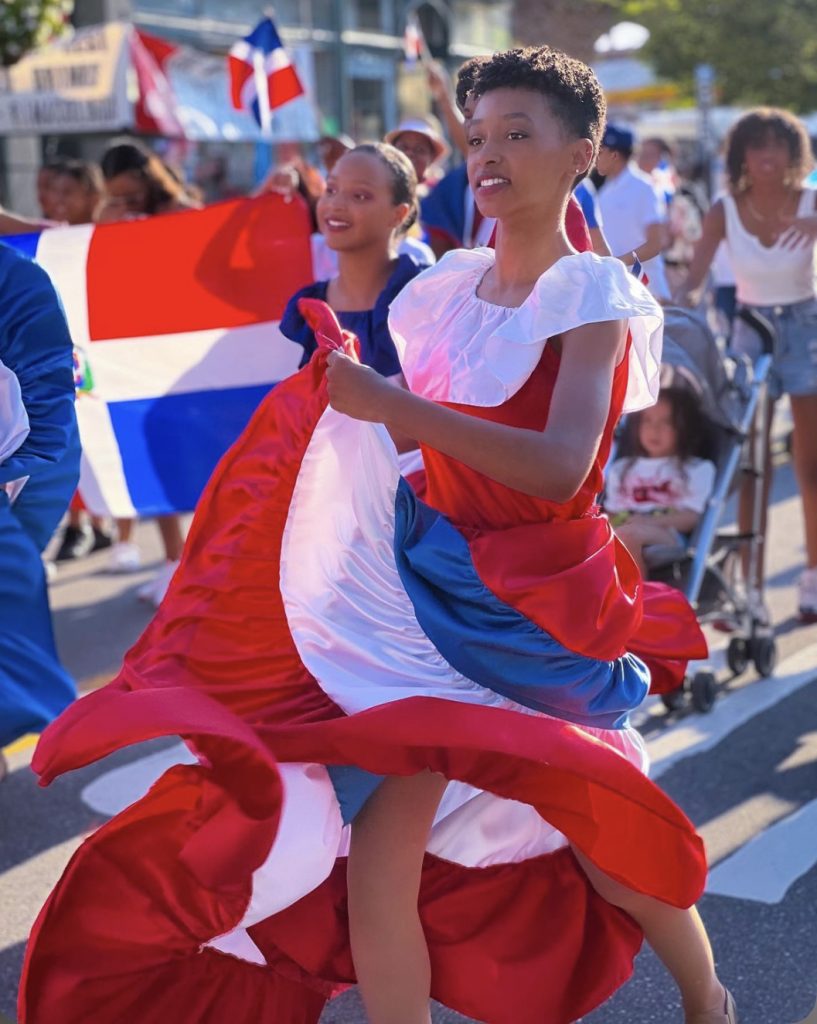By Emely Siri
I’m Emely Siri. I’m a senior at Bennington College and this winter I’m interning with Art Spark Texas. As part of my internship, I’ve been working on a collaborative virtual dance project called Links of Light which explores the topic of mental health and healing through community.
I am a first gen, Afro-Latinx mover from Lawrence, Massachusetts. To me this means I have been dancing since in the womb. I began dancing formally in my high school’s after-school dance group. There I learned a little bit of everything, but the main focus was Afro-Latinx folkloric dances. I was made aware of the importance of movement as it connects to my identity, as a Dominican but also simply as a person of color. I also learned that access to dance and other arts are luxuries to kids in lower-income communities, even though space for creativity is vital–especially at a young age.
Growing up in a community with a culture that ignores mental health meant I could not put a name to or voice my emotional struggles. It meant that therapy and the willingness to engage in it was also a luxury. Many Black and Brown families pride themselves on their hard work, labeling success as solely a monetary achievement, while ignoring their mental health. Raising a child with this mindset can be detrimental. I was taught at an early age to never ask for help. Only recently have I begun going to therapy. The more I talk with a professional about how I feel, the more I realize that not everyone struggles the way I do. I discovered that the challenges I thought were normal and blamed myself for were in fact not my fault but made difficult for people like me by design.
As a child, before I began dancing, I thought I wanted to be a ballerina. I thought that the white, tall, thin, non-disabled girls I saw on TV were all that I could aspire to be. Years later I realized how many other ways and reasons there were to move, that my owning the floor while dancing bachata and merengue was just as valid as the professionals one would see on stage. You don’t have to dream of being an artist to want to participate in artistic activities. You don’t have to have a thin body, perfectly arched feet, sharp attention span, athletic stamina, or long limbs and short torso in order to call yourself a dancer. I believe we are all movers.
Moving clears my mind of the clutter and helps me express feelings I have yet to put into words. Our bodies send us messages that we cannot ignore without ignoring our literal selves. Through dance I have been able to celebrate the beauty in Dominican culture while also reconciling with the gaps that that very culture has left me with by not addressing mental health.

[ID: Emely is dressed in a traditional outfit with the colors of the Dominican flag: red, white, and blue. They are dancing with their skirt in the middle of a parade.]
Emely is in their final year at Bennington College where they study dance and literature. They spend most of their free time in dimly lit rooms reading novels, dancing, and writing poetry.
